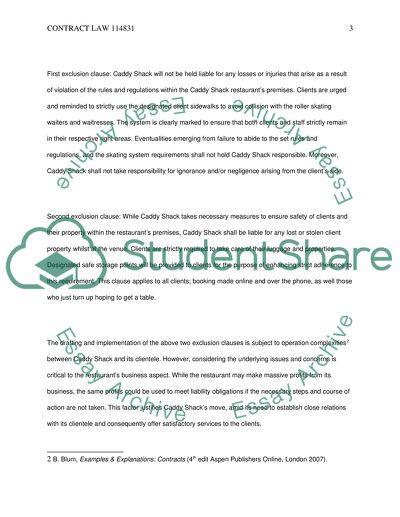Cite this document
(“Contract law Essay Example | Topics and Well Written Essays - 1250 words - 1”, n.d.)
Contract law Essay Example | Topics and Well Written Essays - 1250 words - 1. Retrieved from https://studentshare.org/law/1612755-contract-law
Contract law Essay Example | Topics and Well Written Essays - 1250 words - 1. Retrieved from https://studentshare.org/law/1612755-contract-law
(Contract Law Essay Example | Topics and Well Written Essays - 1250 Words - 1)
Contract Law Essay Example | Topics and Well Written Essays - 1250 Words - 1. https://studentshare.org/law/1612755-contract-law.
Contract Law Essay Example | Topics and Well Written Essays - 1250 Words - 1. https://studentshare.org/law/1612755-contract-law.
“Contract Law Essay Example | Topics and Well Written Essays - 1250 Words - 1”, n.d. https://studentshare.org/law/1612755-contract-law.


